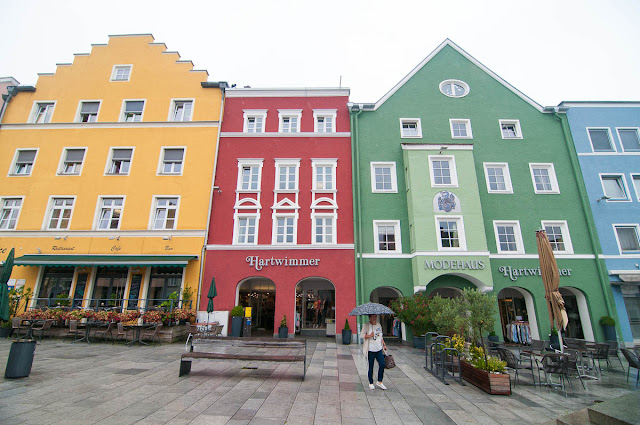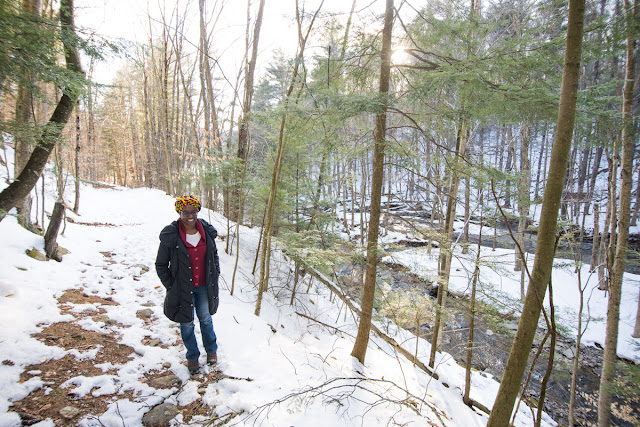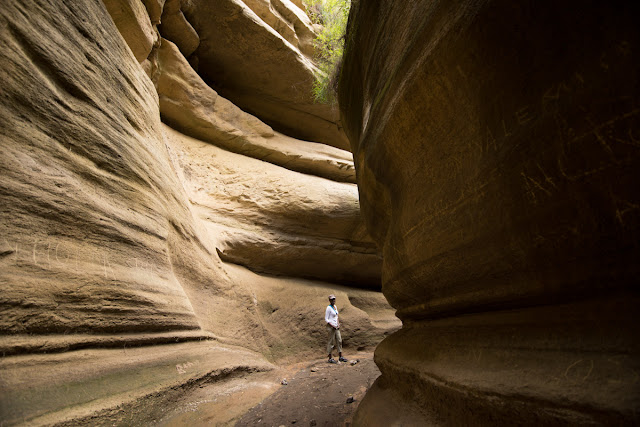Italy: The Fontana dei Quattro Fiumi and Bernini
Have you ever noticed how stuff just sounds cooler in Italian? Of course, the Italians take full advantage of this and market stuff to everyone else with very every day names that happen to be in Italian and so sound exponentially cooler. Ferrari Testarossa for example, means 'red head' because the top of the engine was painted red. If Toyota named a car of theirs 'red head' they would become an instant source of ridicule.
Which leads us nicely into the title of today's blog: the Fontana dei Quattro Fiumi...or the Fountain of Four Rivers in English. But it sounds infinitely better in Italian. Before we get there however, as usual, we must wander the streets of Rome, peeking into random people's courtyards and getting excited when we discover a pretty courtyard, or garden, or some other treasure.
There are many myths about the founding of Rome, the most famous being that of the twins Romulus and Remus who were suckled by a she-wolf and ended up founding the city. Another myth says that it was founded by Trojans after Troy was destroyed. They sailed away and landed on the banks of the Tiber. The men wanted to continue the search for a new home, but the women liked it there so one of them, named Roma, led the burning of their ships so they were forced to stay in Rome.
What is known for sure is that Rome has been around for a long, long time. Likely people were living there as far back as the 10th Century BCE, and definitely by the 7th. Eventually the Roman Republic was founded in 509BCE and gradually the Romans grew in power. In the 3rd Century, Rome fought a series of wars against Carthage in North Africa. These were named the Punic Wars The first and second Punic Wars happened between 264 and 202BCE. After several decades, Carthage rose again and the 3rd Punic War resulted in the destruction of Carthage in 149BCE and the establishment of Rome as a world power.
You are always likely to bump into the odd nun or priest walking around. You are also likely to see lots of Fiats, and occasionally a more exotic Ferrari, oddly both owned by the same company. Funny enough, both are iconic of Italy, from the cute little Fiat 500 to the sleek Ferrari with approximately 10 times more horsepower.
Oh, and if you love bikes, you are in for a treat.
This was the road to our favorite gelato shop. It was soooo good that we made up lots of excuses to be in this area toward the afternoon when we had been walking the whole day and needed some refreshment.
Weaving through the little alleys we came across this lovely little doorway. Funny enough it was right next to this fashion shop owned by an Italian guy who started speaking Swahili to us. It turns out that he had lived in Malindi for a while.
As the sun started to set, we finally made it to the Piazza Navonna. The Piazza has an oddly long rectangular shape, and the reason for this is that it used to be a stadium! But that was 2000 years ago, now it's more of a tourist attraction. The centerpiece is the Fontana. Apparently Bernini was not invited to produce a design for the competition to design a fountain, having fallen out of favor with Pope Innocent X. But Bernini was persuaded to do a design anyway and it was placed in a room that the Pope had to pass through. On seeing it, the Pope was so struck that he was forced to declare Bernini winner of the competition.
Who was this Bernini chap anyway? Gian Lorenzo Bernini was an artistic genius who created an entire style of sculpture: Baroque. He was also an architect, artist, playwright, actor and set designer. We will see more of him later on, as his legacy is deeply embedded in Rome.
I will leave you with this last little legend. Bernini's great competitor was an artist named Boromini. Boromomini designed the facade of the church directly facing the Fontana dei Quattro Fiumi. It is said that because of the great rivalry between Bernini and Boromini, Boromini designed the man in the picture (who represents the river de la Plata) to be in fear that the church would crumble and fall upon him. Its a great story but sadly not true - the fountain was built before the church.
Which leads us nicely into the title of today's blog: the Fontana dei Quattro Fiumi...or the Fountain of Four Rivers in English. But it sounds infinitely better in Italian. Before we get there however, as usual, we must wander the streets of Rome, peeking into random people's courtyards and getting excited when we discover a pretty courtyard, or garden, or some other treasure.
There are many myths about the founding of Rome, the most famous being that of the twins Romulus and Remus who were suckled by a she-wolf and ended up founding the city. Another myth says that it was founded by Trojans after Troy was destroyed. They sailed away and landed on the banks of the Tiber. The men wanted to continue the search for a new home, but the women liked it there so one of them, named Roma, led the burning of their ships so they were forced to stay in Rome.
What is known for sure is that Rome has been around for a long, long time. Likely people were living there as far back as the 10th Century BCE, and definitely by the 7th. Eventually the Roman Republic was founded in 509BCE and gradually the Romans grew in power. In the 3rd Century, Rome fought a series of wars against Carthage in North Africa. These were named the Punic Wars The first and second Punic Wars happened between 264 and 202BCE. After several decades, Carthage rose again and the 3rd Punic War resulted in the destruction of Carthage in 149BCE and the establishment of Rome as a world power.
You are always likely to bump into the odd nun or priest walking around. You are also likely to see lots of Fiats, and occasionally a more exotic Ferrari, oddly both owned by the same company. Funny enough, both are iconic of Italy, from the cute little Fiat 500 to the sleek Ferrari with approximately 10 times more horsepower.
Oh, and if you love bikes, you are in for a treat.
This was the road to our favorite gelato shop. It was soooo good that we made up lots of excuses to be in this area toward the afternoon when we had been walking the whole day and needed some refreshment.
Weaving through the little alleys we came across this lovely little doorway. Funny enough it was right next to this fashion shop owned by an Italian guy who started speaking Swahili to us. It turns out that he had lived in Malindi for a while.
As the sun started to set, we finally made it to the Piazza Navonna. The Piazza has an oddly long rectangular shape, and the reason for this is that it used to be a stadium! But that was 2000 years ago, now it's more of a tourist attraction. The centerpiece is the Fontana. Apparently Bernini was not invited to produce a design for the competition to design a fountain, having fallen out of favor with Pope Innocent X. But Bernini was persuaded to do a design anyway and it was placed in a room that the Pope had to pass through. On seeing it, the Pope was so struck that he was forced to declare Bernini winner of the competition.
Who was this Bernini chap anyway? Gian Lorenzo Bernini was an artistic genius who created an entire style of sculpture: Baroque. He was also an architect, artist, playwright, actor and set designer. We will see more of him later on, as his legacy is deeply embedded in Rome.
I will leave you with this last little legend. Bernini's great competitor was an artist named Boromini. Boromomini designed the facade of the church directly facing the Fontana dei Quattro Fiumi. It is said that because of the great rivalry between Bernini and Boromini, Boromini designed the man in the picture (who represents the river de la Plata) to be in fear that the church would crumble and fall upon him. Its a great story but sadly not true - the fountain was built before the church.













